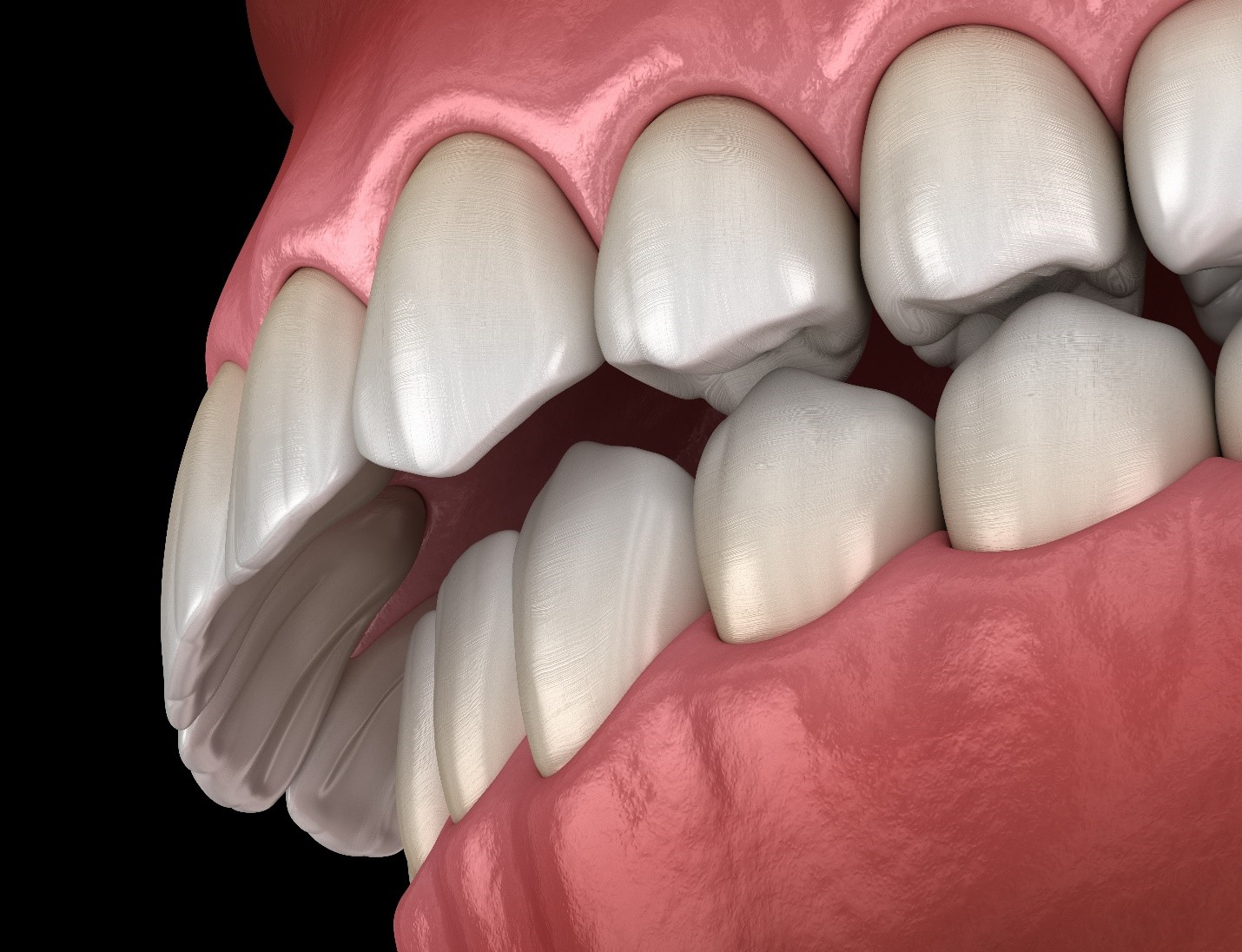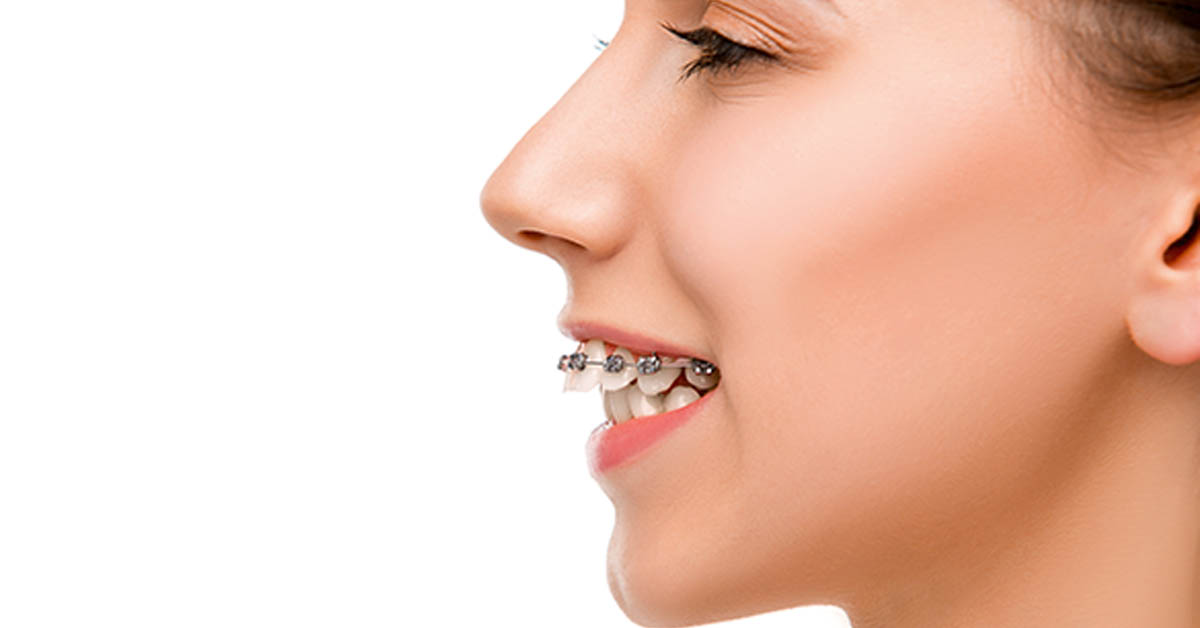A Biased View of All Star Family Orthodontics
A Biased View of All Star Family Orthodontics
Blog Article
The Only Guide to All Star Family Orthodontics
Table of ContentsLittle Known Facts About All Star Family Orthodontics.All Star Family Orthodontics Things To Know Before You BuyIndicators on All Star Family Orthodontics You Need To KnowThe Ultimate Guide To All Star Family Orthodontics3 Easy Facts About All Star Family Orthodontics Explained

In addition, we provide adjustable therapy timetables, flexible settlement alternatives and a fun, satisfying experience.
An orthodontist is a dentist trained to detect, protect against, and deal with teeth and jaw abnormalities. Orthodontists work with individuals of all ages, from children to grownups.
Malocclusion, or misaligned teeth, can cause dental problems, including dental caries, gum condition, and hard or painful eating. Not everyone is born with straight teeth. If you have a bad bite or huge spaces in between your teeth, you may wish to speak with a dental expert focusing on orthodontic care.
Little Known Facts About All Star Family Orthodontics.
(Image Credit Rating: DigitalVision/Getty Images) Orthodontists use fixed and removable dental tools, like braces, retainers, and bands, to transform the position of teeth in your mouth. Orthodontic therapy is for dental irregularities, including: Misaligned teethBite troubles, like an overbite or an underbiteCrowded teeth or teeth that are as well much apartJaw misalignmentThe goal of orthodontic treatment is to boost your bite.
A healthy bite guarantees you can eat, eat, and speak effectively. While you might think about orthodontists as generally for children or teenagers who need braces, they can deal with dental troubles at any age. Orthodontists go to university, dental institution, and orthodontic institution. After graduation, they spend 2 or 3 years in an orthodontic residency program.
All orthodontists are dental experts, but not all dental experts are orthodontists. Orthodontic residency programs use extensive, focused guideline for dental specialists. They concentrate on two locations: Exactly how to appropriately and securely relocate teeth How to appropriately direct advancement in the teeth, jaw, and faceOnce an orthodontist has actually finished training, they have the option to come to be board licensed - (https://papaly.com/categories/share?id=9cf8df73948b4264955dd39c04046333).
An Unbiased View of All Star Family Orthodontics
Imbalance, or malocclusion, is the most typical factor people see an orthodontist. It is hereditary and is the outcome of dimension differences between the top and lower jaw or between the jaw and teeth. Malocclusion causes tooth overcrowding, a misshapen jaw, or irregular bite patterns. Malocclusion is typically treated with: Your orthodontist connects steel, ceramic, or plastic square bonds to your teeth.
If you have only small malocclusion, you might be able to utilize clear dental braces, called aligners, as opposed to typical braces. Some individuals need a headgear to aid relocate teeth into line with stress from outside the mouth. After braces or aligners, you'll need to use a retainer. A retainer is a customized tool that keeps your teeth in location.

You might need to see an orthodontist if you have: Crowding or otherwise enough room for all of your teethOverbite, when your upper teeth come over your base teethUnderbite, when your bottom teeth are also much forwardSpacing or problems with gapsCrossbite, which is when your upper teeth fit behind your bottom teeth when your mouth is closedOpen bite or a vertical gap in between your front base and top teethMisplaced midline, when the center of your bottom and upper teeth do not line up Remedying a dental malocclusion can: Make biting, eating, and talking easierImprove the balance of our face and your general appearanceEase pain from temporomandibular joint disordersSeparate your teeth and make them simpler to clean up, helping avoid dental caries or tooth cavities It's usually a dental practitioner that initially notifications misaligned teeth throughout a routine test.
More About All Star Family Orthodontics
During your first orthodontic consultation, you'll likely have: A dental examPhotos taken of your face and smileDental X-raysPanoramic (360 degree) X-rays of your face and headImpressions to create mold and mildews of your teethThese tests will certainly help your orthodontist know just how to continue with your treatment. An orthodontist is a dental expert who's had training to treat your teeth and jaw.
Orthodontists are dental practitioners yet not all dental experts are orthodontists. Orthodontists are focused on your bite, or the way your teeth fit with each other, and the straightness of your teeth.

This first consultation involves an aesthetic examination of your teeth and bite, X-rays, and possibly also 3D scans. By meticulously examining these aspects, the orthodontist can pinpoint any kind of misalignments, crowding, spacing problems, or jaw inconsistencies. As soon as a clear image is established, the orthodontist will go over customized treatment alternatives. This discussion will certainly cover the sort of dental braces or aligners suggested (typical steel braces, clear aligners like Invisalign, and so on), the projected treatment duration, and any type of possible obstacles or adverse effects.
The Definitive Guide to All Star Family Orthodontics
While dental braces are the most typically recognized orthodontic treatment, orthodontists have a diverse toolkit at their disposal. The certain strategy picked depends on the severity of the case, the client's age, and specific preferences. These tried-and-true braces make use of a system of brackets bound to the teeth and attached by cables.
Clear aligners, like Invisalign, are more a prominent choice for clients seeking a more discreet treatment alternative. These removable trays are personalized to gradually move the teeth's placement. Headgear may be utilized together with dental braces or aligners to use additional targeted forces, particularly for correcting jaw disparities. In instances of narrow jaws, palatal expanders can be utilized to create space for correct tooth placement.
Report this page